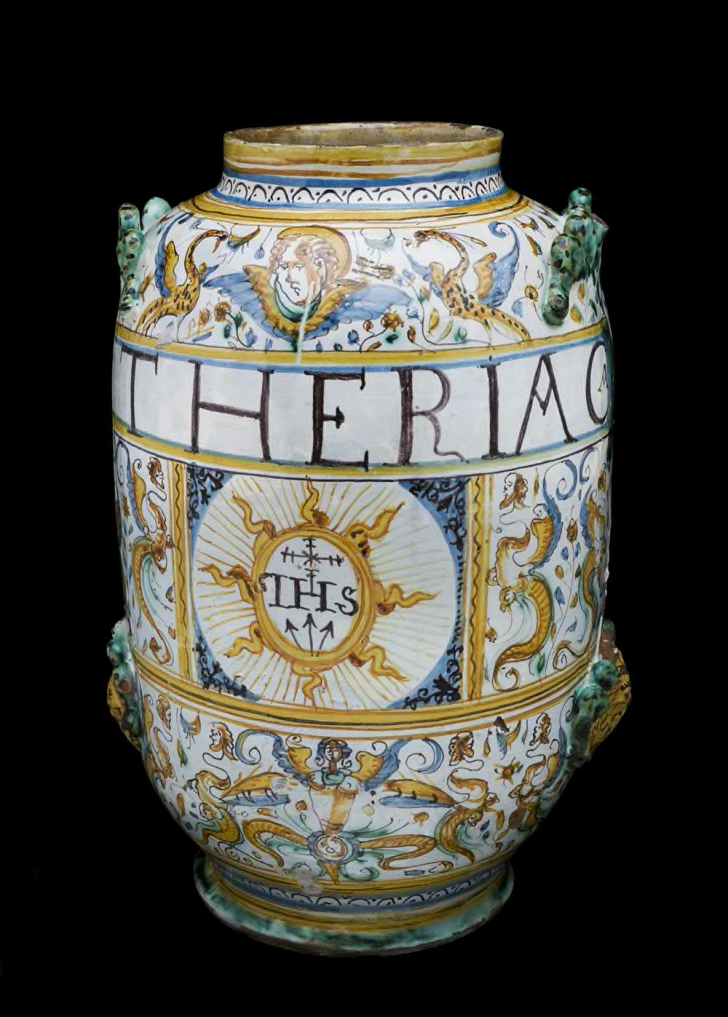

These trials can be found in ancient, Arabic, and medieval medical sources, and they became increasingly popular in the sixteenth century in the context of a greater emphasis on observational and experimental approaches to therapeutic efficacy. Since ancient times, antidotes had been seen as particularly suitable for testing, since they allowed the construction of drug "trials," in which a healthy subject could be poisoned in order to be cured. In sum, poison was a matter of great concern, and efficacious antidotes were sought avidly. Added to these medical theories was the widespread fear of malicious poisoning in both political and popular spheres.

Toxicity was also at the center of new theories of disease introduced by the Swiss physician Paracelsus, whose works grew in popularity in the second half of the sixteenth century. By the late Middle Ages, antidotes began to take on even more significance, as poison became a common causal explanation for disease – particularly plague, but also an increasing range of ailments. Antidotes had played an important role in pharmacy from at least Greek and Roman antiquity, in part as a remedy for toxic substances and animal bites, but also because many antidotes functioned as cure-alls. This project, which I am developing into a monograph tentatively titled The Poison Trials: Antidotes and Experiment in Late Renaissance Europe, examines the role played by poison antidotes in sixteenth-century ideas about evaluating and testing drugs.


 0 kommentar(er)
0 kommentar(er)
